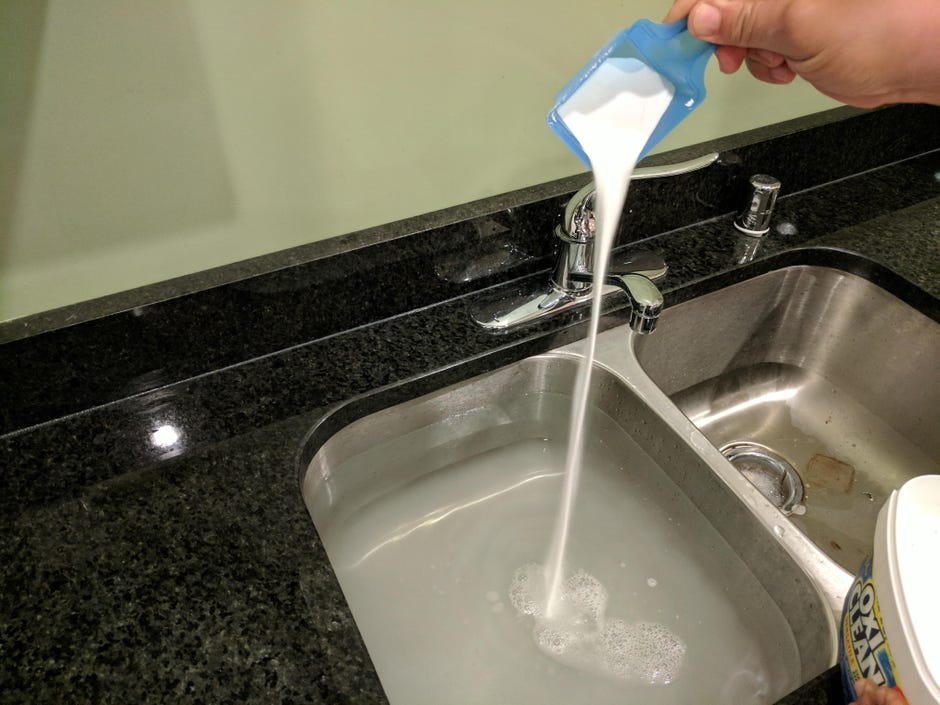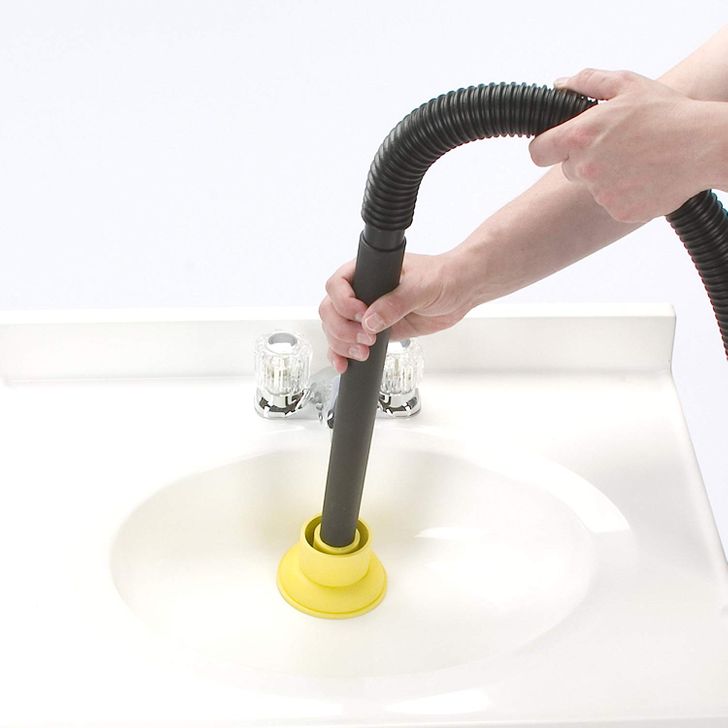We've discovered this great article on Common Household Plumbing Issues below on the web and accepted it made sense to write about it with you on this page.

In this short article, we will certainly be looking at five basic actions you can require to free your kitchen sink from blockages and save you from the pain and also humiliation of managing a clogged up cooking area sink.
Clogged cooking area sinks are one of the most usual drain issues house owners encounter. And what's more, it's a extremely uncomfortable and undesirable view. Visualize mosting likely to the sink to do your meals as well as finding out that the drain is obstructed as well as water can not stream down easily.
A lot of blocked drains are brought on by food debris, soap, oil, and fat bits. They block the sink and also make it hard for water to decrease the drainpipe rapidly. While it is alluring to put a call through to the plumbers, there are a few DIY hacks you could attempt initially before making that phone call.
1. Baking Soda and Vinegar
As opposed to using any kind of type of chemicals or bleach, this approach is much safer as well as not dangerous to you or your sink. Sodium bicarbonate as well as vinegar are everyday home products used for several various other things, and also they can do the trick to your kitchen area sink.
Firstly, get rid of any water that is left in the sink with a mug.
Then put a good quantity of baking soft drink down the drain.
Pour in one cup of vinegar.
Seal the drain opening as well as permit it to settle for some minutes.
Pour warm water down the drain to melt away other stubborn residue and also particles.
Following this basic technique might work, as well as you can have your cooking area sink back. Repeat the procedure as much as you deem required to rid the sink of this debris entirely.
2. Attempt a Plunger
If the issue is not from the garbage disposal, you can attempt utilizing a plunger. Bettors are conventional house devices for this celebration, and also they can come in useful if you utilize them properly. A flat-bottomed bettor is most suitable for this, yet you can use what you have is a commode plunger.
Follow the list below simple steps to use the bettor successfully:
Secure the drainpipe with a dustcloth and fill the sink with some warm water
Place the plunger in position over the drain as well as begin plunging
Check to see if the water runs openly after a couple of dives
Repeat the process up until the water drainage is free
3. Possibly it's the Garbage Disposal
In lots of cases, the clog might be due to a blockage in the disposal. Usage pliers instead.
You can explore the following choice to unblock your kitchen sink if this does not work.
4. Use a Hanger
Utilizing a cord cloth wall mount or a plumber's snake if you have one can do the technique. All you need do is correct the alignment of the wall mount to go down the drainpipe while you thoroughly choose out the particles triggering the clog.
Run hot water down the tubes hereafter to see just how effective you were.
5. Usage Boiling Water
When confronted with a blocked sink, the first thing you ought to try is to pour boiling water down the drain. That is about the most uncomplicated solution to clogged up sinks and also drains. Boiling water assists reduce the effects of the particles and particles causing the clog, specifically if it's grease, soap, or oil bits, as well as in a lot of cases, it can flush it all down, and your sink will certainly be back to typical.
Since warm water could thaw the lines and trigger even more damage, do not try this technique if you have plastic pipelines (PVC). You may want to stick to utilizing a bettor to obtain particles out if you use plastic pipes.
Using this method, turn on the faucet to see how water flows after pouring hot water down the tubes. Attempt the procedure once again if the obstruction continues. Nonetheless, the obstruction could be much more persistent in some cases and require more than just boiling water.
Final Words
Attempting these couple of techniques could conserve you the costs of having a plumber check it. In several situations, a plumber is what we require. In cases where you find it tough to unclog the sink even after attempting all these approaches, it may be time to leave it to the experts.
Contact expert plumbing firms to fix your drain problems as well as various other different family plumbing demands.
Obstructed kitchen sinks are one of the most typical drain problems home owners face. Imagine going to the sink to do your dishes and finding out that the drain is clogged and water can not stream down quickly.
They block the sink and also make it hard for water to go down the drainpipe swiftly. When faced with a blocked sink, the first thing you need to attempt is to pour boiling water down the drain. Boiling water helps neutralize the fragments as well as debris creating the clog, particularly if it's oil, grease, or soap bits, and also in several instances, it can flush it all down, and your sink will certainly be back to typical.
How to Unclog a Kitchen Sink
Take the Plunge
Start your efforts by plunging. Use a plunger with a large rubber bell and a sturdy handle. Before getting to work on the drain, clamp the drain line to the dishwasher. If you don t close the line, plunging could force dirty water into the dishwasher.
Fill the sink with several inches of water. This ensures a good seal over the drain.
If you have a double sink, plug the other drain with a wet rag or strainer.
Insert the plunger at an angle, making sure water, not air, fills the bell.
Plunge forcefully several times. Pop off the plunger.
Repeat plunging and popping several times until the water drains.Clean the Trap
The P-trap is the curved pipe under the sink. The trap arm is the straight pipe that attaches to the P-trap and runs to the drain stub-out on the wall. Grease and debris can block this section of pipe. Here s how to unclog a kitchen sink by cleaning out the trap:
Remove as much standing water from the sink as possible.
Place a bucket under the pipe to catch the water as it drains.
Unscrew the slip nuts at both ends of the P-trap. Use slip-joint pliers and work carefully to avoid damaging the pipes or fasteners.
If you find a clog, remove it. Reassemble the trap.
If the P-trap isn t clogged, remove the trap arm and look for clogs there. Run the tip of a screwdriver into the drain stub-out to fetch nearby gunk.Spin the Auger
With the trap disassembled, you re ready to crank the auger down the drain line.
Pull a 12-inch length of cable from the auger and tighten the setscrew.
Insert the auger into the drain line, easing it into the pipe.
Feed the cable into the line until you feel an obstruction. Pull out more cable if you need to.
If you come to a clog, crank and push the cable until you feel it break through. The cable will lose tension when this happens.
Crank counterclockwise to pull out the cable, catching the grime and debris with a rag as the cable retracts.

Do you enjoy reading about Repairing Common Household Plumbing Issues? Post a remark down the page. We would be delighted to listen to your suggestions about this blog posting. We are looking forward to see you back again in the near future. Loved our write up? Please share it. Let other people check it out. I cherish reading our article about DIY Plumbing Fixes.
Find Out More